Pour la version en français, cliquez ici.
At the beginning of the school year in September 2018, parents were able to discover one of the characteristics of the école M: the multi-level classes where our students from 2 to 5 years old are gathered and receive a personalized instruction.
Multi-age classes promote pedagogical differentiation. That is to say, the adaptation of teaching to the needs of the student. Also, interactions between the oldest and the youngest consolidate learning. If some parents could initially be worried about this pedagogical choice, results and satisfaction are there.
Here are several points that demonstrate how the heterogeneity of classroom levels is an additional learning opportunity.
1. Heterogeneity promotes pedagogical differentiation
Pedagogical differentiation makes it possible to adapt teaching to the pupil. Teachers and pedagogical assistants closely follow the children in their learning. For example:
In the morning, between 8:30am and 9am free activities: some children play independently, building words with pictures for example. Others are helped by an adult to recognize letters and the sounds that correspond to them.
In the afternoon, between 1:45 pm. and 3:40 pm. : after the nap, autonomous or pair activities are planned. Once again, adults can customize their accompaniment of students, by teaching them how to colour or cut with scissors.
2. The presence of three adults per class allows for personalized support
Having 3 adults per class for about 20 students offers a real opportunity to support all pupils in their heterogeneity. Personalised support concerns children of all levels. Taking into account the specificities and needs of each child, it is built on the basis of his or her needs and progress.
With an English-speaking teacher, a French-speaking teacher and a pedagogical assistant in each class for about twenty students, they benefit from strong quality supervision.
3. Optimized working time
Passive listening is not optimal for children. They need to be active for better learning. The heterogeneity of levels makes it possible to place some students in autonomy. These students work and retain more, so their "working time" is optimized. Also, the heterogeneity of levels in the classroom allows a real continuity of learning.
In addition to their age, there were differences in levels between children at the beginning of the school year.
In all cases, there is a real continuity of learning. The pupils, more often placed in autonomy, work eventually more.
4. Very positive results
In terms of autonomy and participation in the classroom, the multi-age class provides real added value. The student has a better understanding of the meaning of school, becomes more autonomous, learns to take charge of himself. From the point of view of social skills, it is undeniable that students are better prepared. And this is crucial for the college, because they are less supervised. Here, the FCPE answers some questions you may have as parents).

